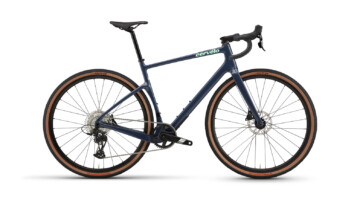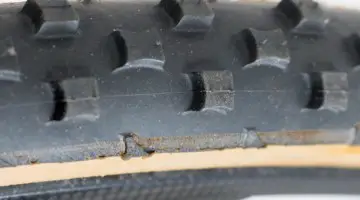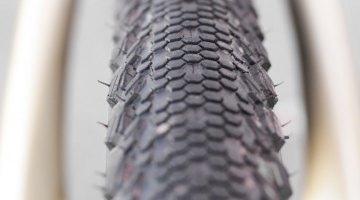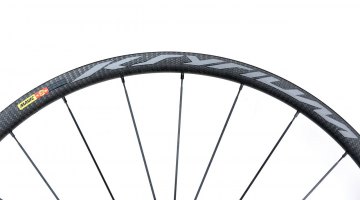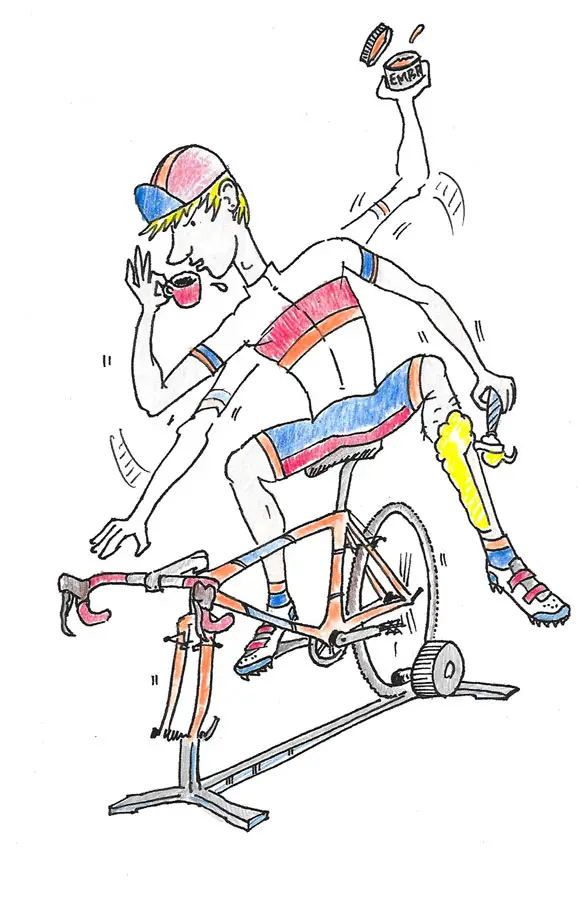 In the final part of our four-part series (read part one on leg shaving and embrocation here, part two about caffeine and massage here or part three about pre-race warm-ups and post-race cooling down), which originally appeared in Cyclocross Magazine Issue 29, we take a look at our last two cyclocross traditions—tubular tires and cycling caps.
In the final part of our four-part series (read part one on leg shaving and embrocation here, part two about caffeine and massage here or part three about pre-race warm-ups and post-race cooling down), which originally appeared in Cyclocross Magazine Issue 29, we take a look at our last two cyclocross traditions—tubular tires and cycling caps.
Read on to see what top pros have to say, and maybe you’ll reevaluate your gear choice or fashion statements. (Illustration by Jeff Rosenhall)
Tubulars
So you’re trying to get this straight: you have to buy an extra set of wheels, more expensive tires, get all nice and gluey a week before the season, and you’re told you should only use tubulars for race day? Between the expense, the time invested, and the lack of versatility (and hope you don’t get a flat on the Saturday of a cyclocross weekend), you wonder if tubular tires are even worth bothering with. Here’s what the Elites say:
Meredith Miller: The advantage of using tubulars is that you can run lower pressures, which can be beneficial in muddy conditions. However, with the right tube type or tubeless set-up your performance isn’t going to be jeopardized. The cost and maintenance of running tubulars doesn’t necessarily outweigh the ease of using clinchers or tubeless tires.
Mo Bruno Roy: Tubulars—I love them but they are expensive. I raced two World Cups and one World Championship on clinchers, so don’t get too hung up on gear. I had sponsorship with Michelin at the time and could not afford tubulars. The [FMB] Super Mud tires are also excellent. I didn’t ride tubulars until I got a hand-me-down pair.
Jeremy Powers: If you can make that investment, it will make the rides and races a better experience. Because in cyclocross, your only ‘suspension’ is your tires, and having something you can run really low and knock the rim a little is an advantage over the other systems that are out there.
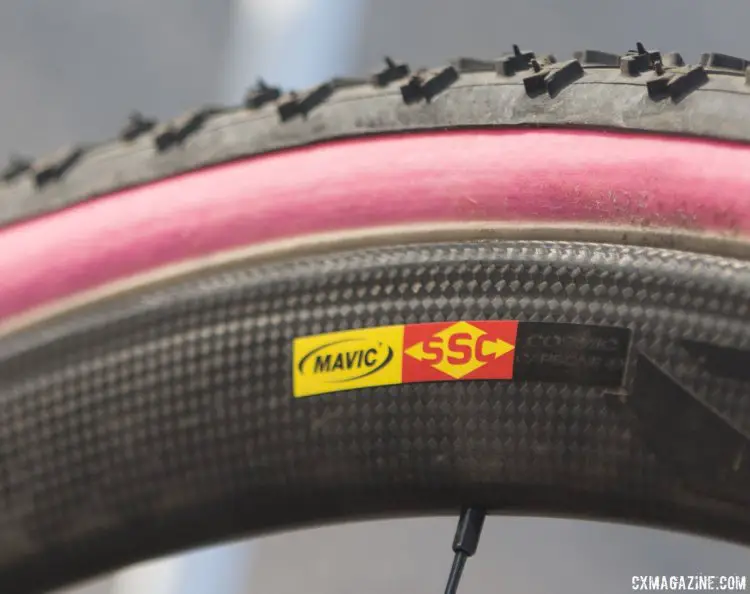
The Elites agree, if you have the means necessary, tubular tires are a worthwhile investment. © Cyclocross Magazine
Helen Wyman: So worth spending money on, especially in America where a lot of your courses have similar grassy terrain. But when you invest, make sure you understand tire pressures. A good tubular becomes an incredible tubular at the right pressure—practice with them and find your limitations. I run 12 pairs of wheels with a selection of tube choices and then have specialist one-offs depending on the upcoming races, but I have Stef [her mechanic and husband] to glue and re-glue. I’m guessing most amateurs don’t have that luxury, time, patience or equipment.
Josh Johnson: I’m a big proponent of tubulars, and that is what I primarily race on. Riding tubular tires for cyclocross allows you to run lower pressures and it gives you superior ride quality with the construction and craft of the tire. It’s also another cycling part that you can geek out on or be a total tire snob about.
Think tubular tires are right for you? Check out our in-depth cyclocross tire news and reviews, or browse our tubular tire archives.
Cycling Caps
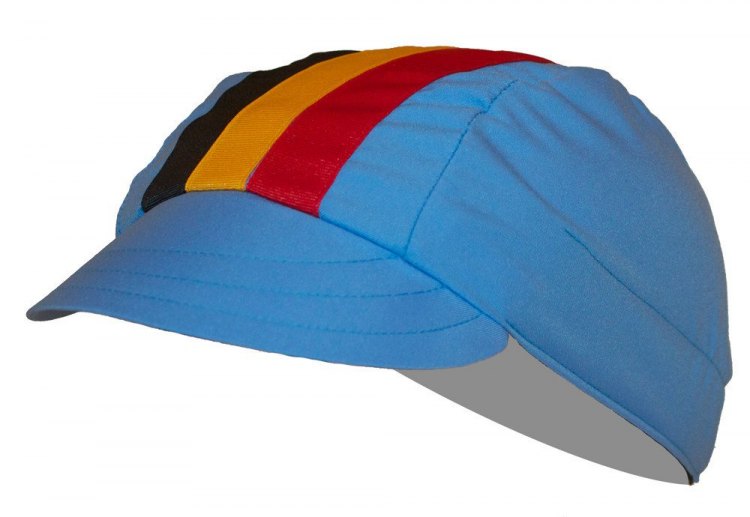
Most folks think they look cool at the post-ride espresso spot, but what do the pros have to say about cycling caps? Photo from rotheracycling.com
Brim down, brim up, brim backward, or forget the cycling cap altogether! Although plenty of athletes still use cycling caps on race day, their ubiquitous presence of old has waned. Perhaps you’ve got your personal collection stashed in your bedroom or just thought about getting one from your local shop, but you wonder if looking pro has any worth for a cyclocross race day. Here’s what the Elites say:
Mo Bruno Roy: Cycling caps—I’ve always liked them under my helmet. It’s a personal preference. I don’t wear them outside of riding a bike.
Tim Johnson: Do not wear cycling caps while racing cyclocross unless it’s dumping down rain. It’s nearly impossible to see what’s coming next when your cap is pulled down over your eyes. Maybe Meeusen-style, but not regular, please. “Whoa, I didn’t even see that person splayed out on the grass in front of me until the last minute!”
Stephen Hyde: I don’t always wear them. I have a lot of them, though. Maybe a few hundred? I’ve collected them for over ten years now. I use them when it’s either brisk out or rainy. Sometimes I find it useful to race with one when the weather is bad. If it’s freezing, I’ll wear my wool or ear flap hat. Keeping your head warm so if you’re wearing warm gloves and shoe covers, why not cover your head?
Jeremy Powers: I wear insulated, merino wool cycling caps pretty much every day from October to March. So, yes. And they look cool at the rest stops.
Be sure to take a look at our Cyclocross Traditions archive, and for more in-depth ‘cross content and pro interviews, be sure to subscribe to Cyclocross Magazine!

